GOAT Hunt: The greatest guitarists pre-2000 revealed
GOAT Hunt: Blues icons, bandanas and big hair. Your pick of the players from the era of virtuoso guitar talent that ran 1980-1999
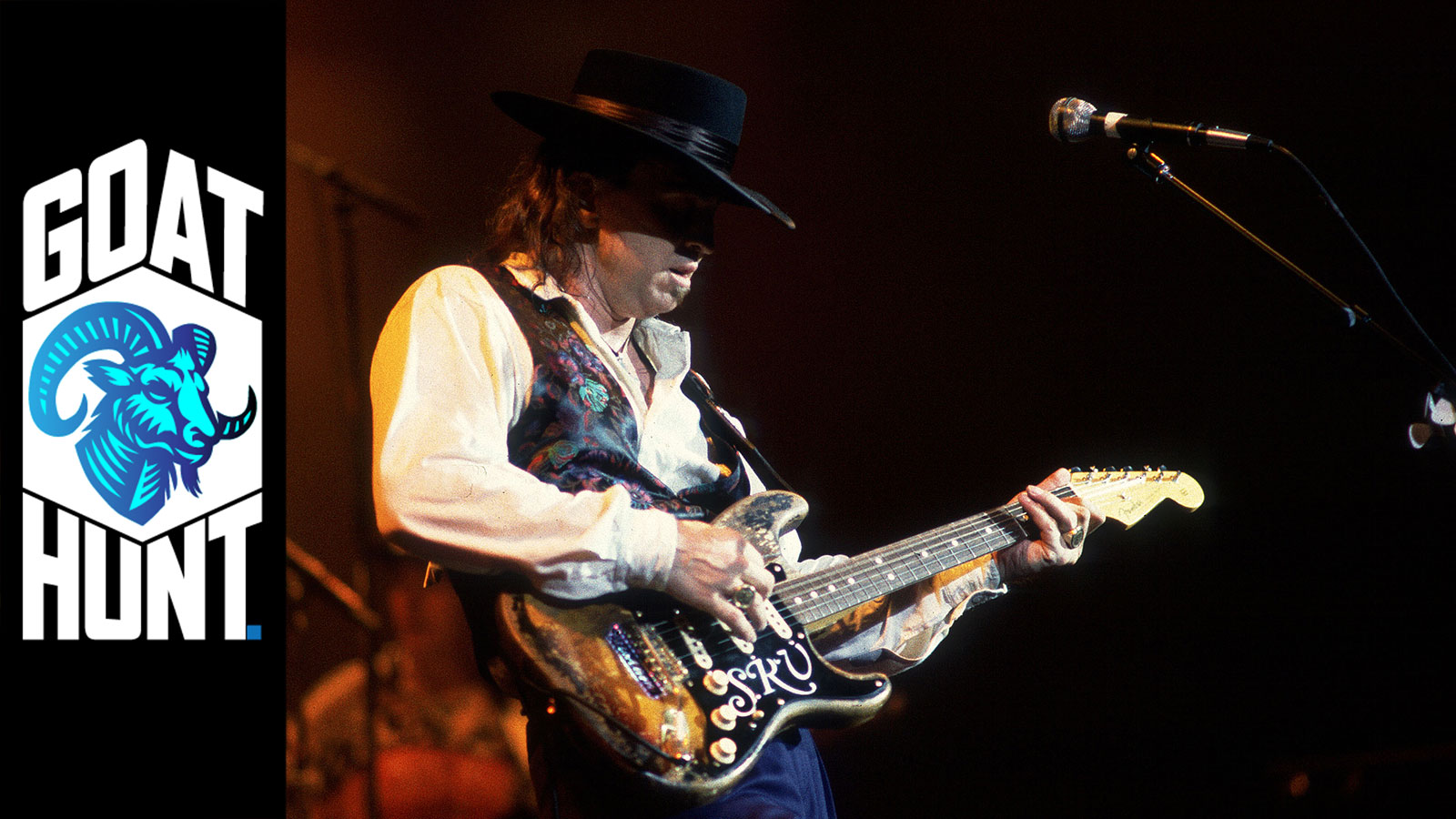
Our GOAT (Greatest Of All Time) Hunt continues. We asked you to tell us your pick of the greatest guitar players from 1980-1999 and you did not let us down.
It's a wide-ranging period that in some ways represents the zenith of the electric guitar in the mainstream. Van Halen had closed the 70s laying waste to all preconceptions of what an electric guitar should or could do.
As such, the years 1980-1999 represent a level of musicality and technical ability that most would argue has since been unmatched. As Doc Brown told Marty McFly (who played a mean Johnny B. Goode), 'Where we're going we don't need roads...' the likes of Vai and Satriani made the guitar take flight into new realms.
Meanwhile, SRV almost singe-handedly reinvigorated the ailing blues rock genre, Slash climbed on top a grand piano, Randy Rhoads boarded Ozzy's Crazy Train, The Edge filled stadiums with glorious delays and Prince decided he would save pop music.
For guitarists, it was a time of ambition, broadening musical horizons and incredible hair. The '80s and '90s guitar heroes had it all.
1. Stevie Ray Vaughan
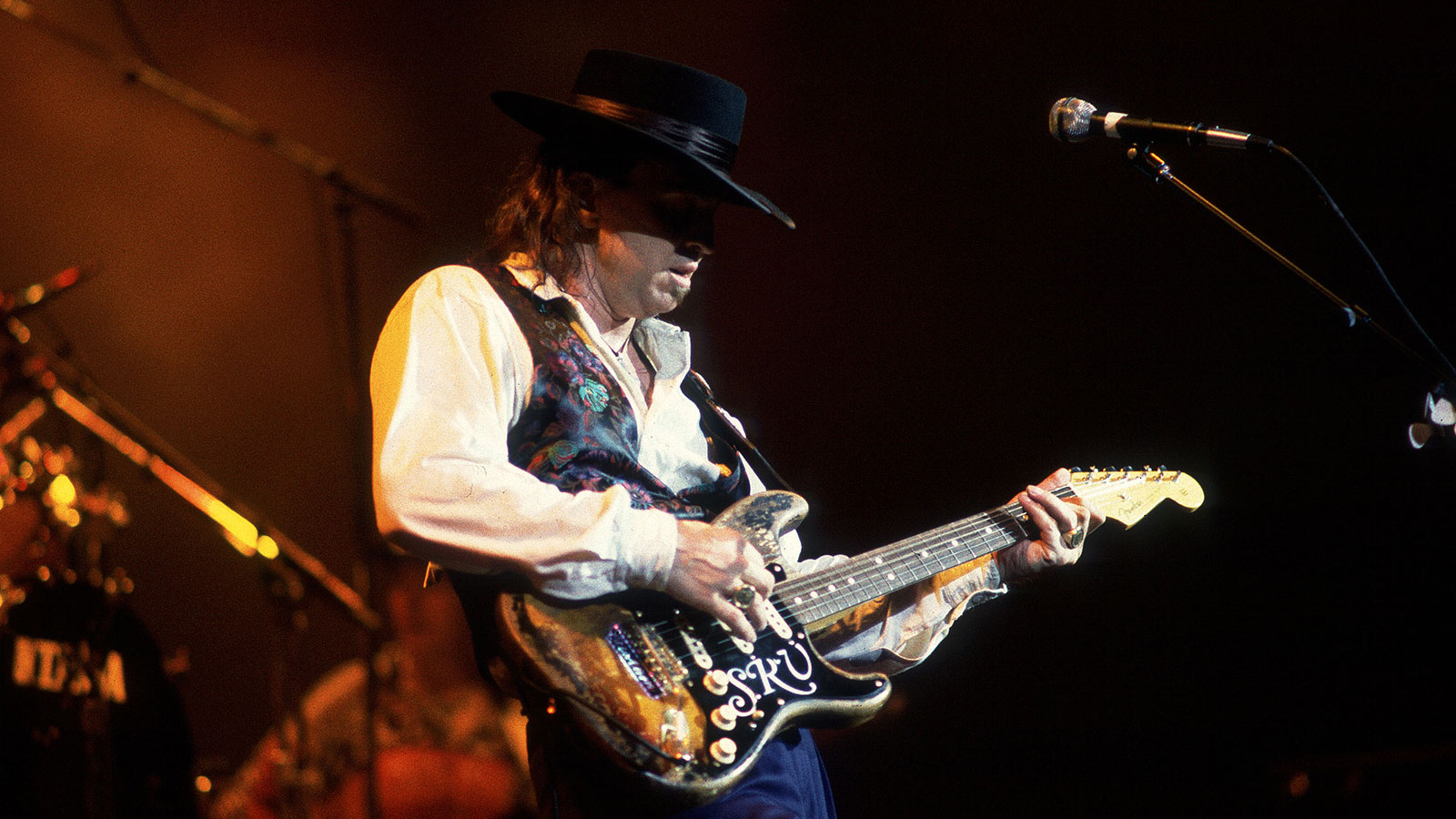
In the early 80s, blues music had endured two decades of tiresome rehashing. The world thought it knew what blues rock looked and sounded like and it had had enough.
Enter SRV. The Texan bluesman was just as inspired by the fire and theatrics of Jimi Hendrix as he was the cutting wail of Albert King. David Bowie and Jackson Browne both spotted his talent as soon as they saw him play, with the former recruiting Vaughan (alongside Nile Rodgers) to form the six-string dream team at the heart of his Let’s Dance record in 1983.
Get the MusicRadar Newsletter
Want all the hottest music and gear news, reviews, deals, features and more, direct to your inbox? Sign up here.
A few months later, Vaughan released his debut album with Double Trouble, Texas Flood. After years scratching a living in Austin clubs, it was the sound of the levee finally breaking. Scorching lead tones tumble with Vaughan’s monstrous vibrato, while vicious metallic lead tones are wrangled from a Strat (a ’63 body, with a ’62 neck and ’59 pickups) that feels as if it’s being pulled apart before our ears. It made Vaughan a guitar icon almost instantly – an overnight success that was decades in the making.
2. Mark Knopfler
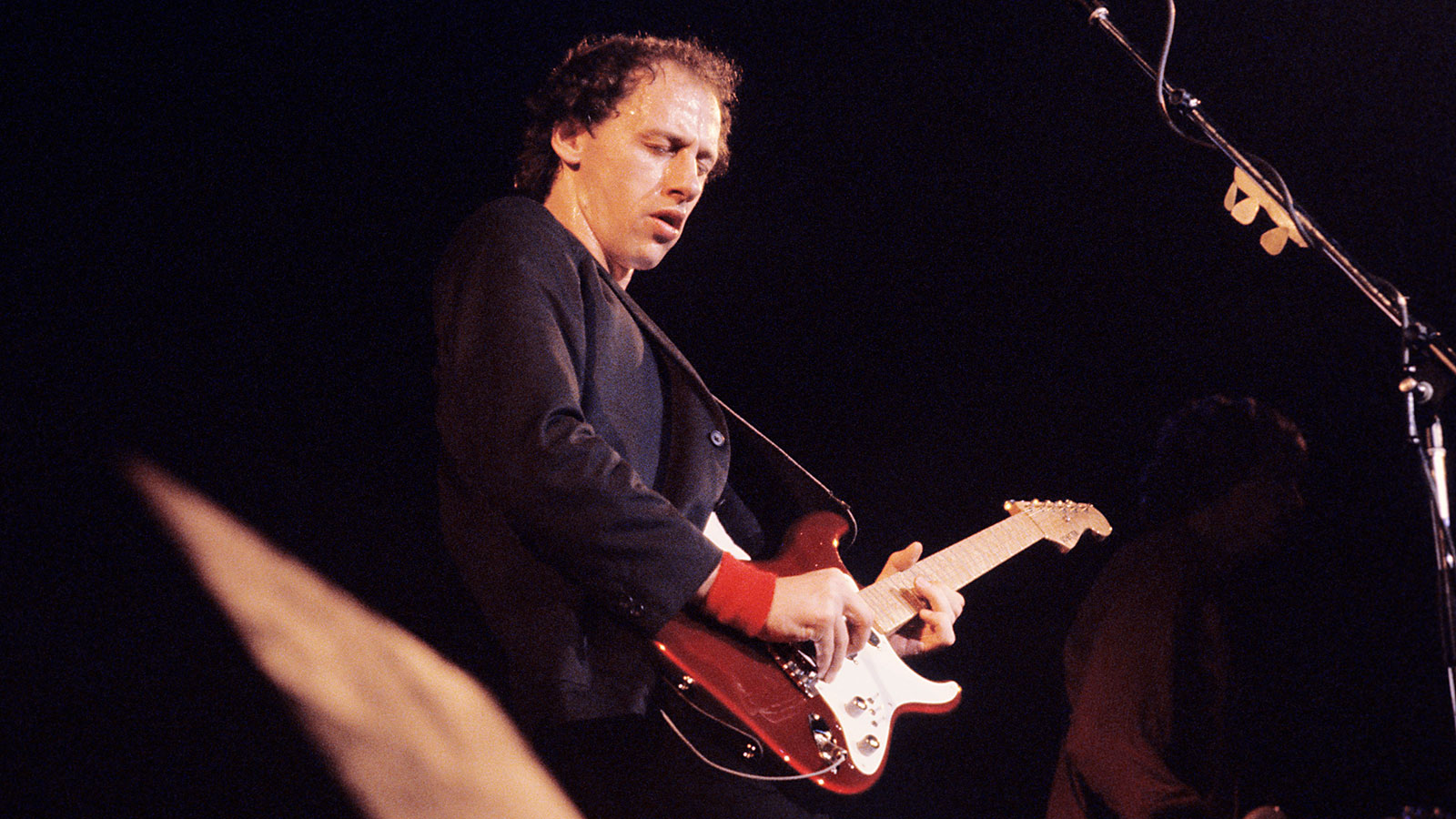
At the heart of the Scottish guitarist’s virtuosic playing is his finger picking rhythm hand. A much underrated technique in rock, it’s what gives him the distinctive punch at the heart of that distorted Money For Nothing riff, and the heft to balance out the naturally thin Strat tone on his clean runs on the likes of Sultans Of Swing. Even knowing this though, it takes a lot of fight to make an electric sing like Knopfler does.
What’s more he can write, too. These iconic licks come amid story-telling and wry observation, all packaged into melodic ear-worms. Anyone who’s played in a band will recognise a character from Sultans Of Swing.
He did not, like so many, suffer for going solo, either: the playing on his Local Hero soundtrack, or What It Is (from 1999’s Sailing To Philadelphia) matches anything he wrote while rocking a bandana.
3. Prince
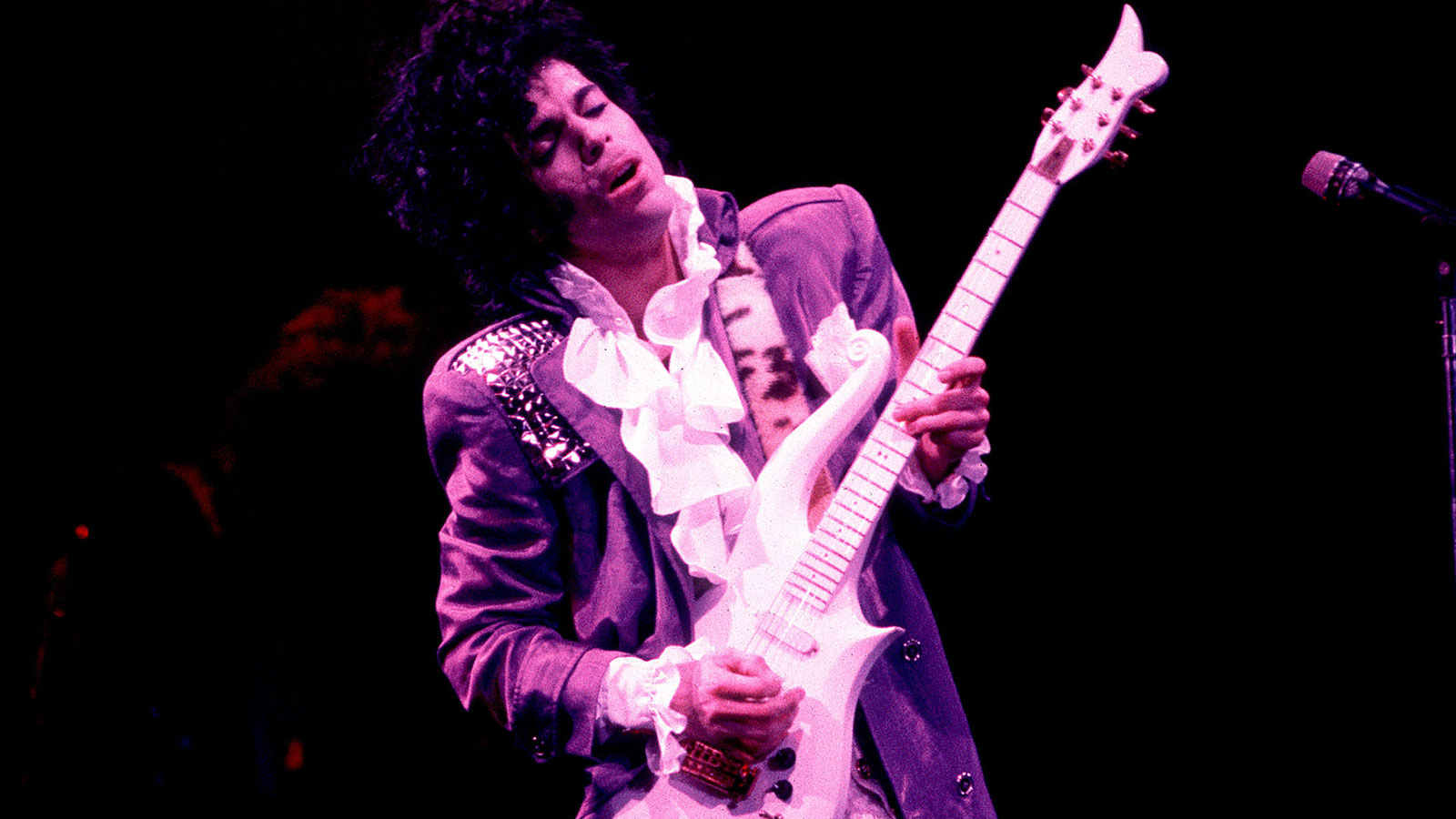
A prolific multi-instrumentalist and producer who seemed to write songs between breaths, it’s understandable Prince is known more as a pop god than a shredder, yet his prodigious guitar talent was always the ace up his sleeve.
There is, of course, his characteristically flamboyant, gut-wrenching lead work on iconic tracks like Purple Rain, When Doves Cry, or Little Red Corvette. But there’s a whole wealth of later tracks – for instance, the wah-soaked, hard-rocking Dreamer from 2009’s LOtUSFLOW3R or (the efficiently-cited) Guitar from 2007’s Planet Earth – in which Prince shows he’s still got his touch.
Perhaps the ultimate example, is the Purple One’s appearance at the 2004 Rock & Roll Hall Of Fame induction, alongside Tom Petty, Jeff Lynne et al. Prince initially mopes in the shadows at the side of the stage, before – having seemingly decided he will allow those in attendance to glimpse the face of God – he takes centre stage for a power-play solo run that whips, corals, teases and draws the rest of the old pros out of their torpor. Watch him smile to himself as does it. He knows exactly what he is doing…
4. Slash
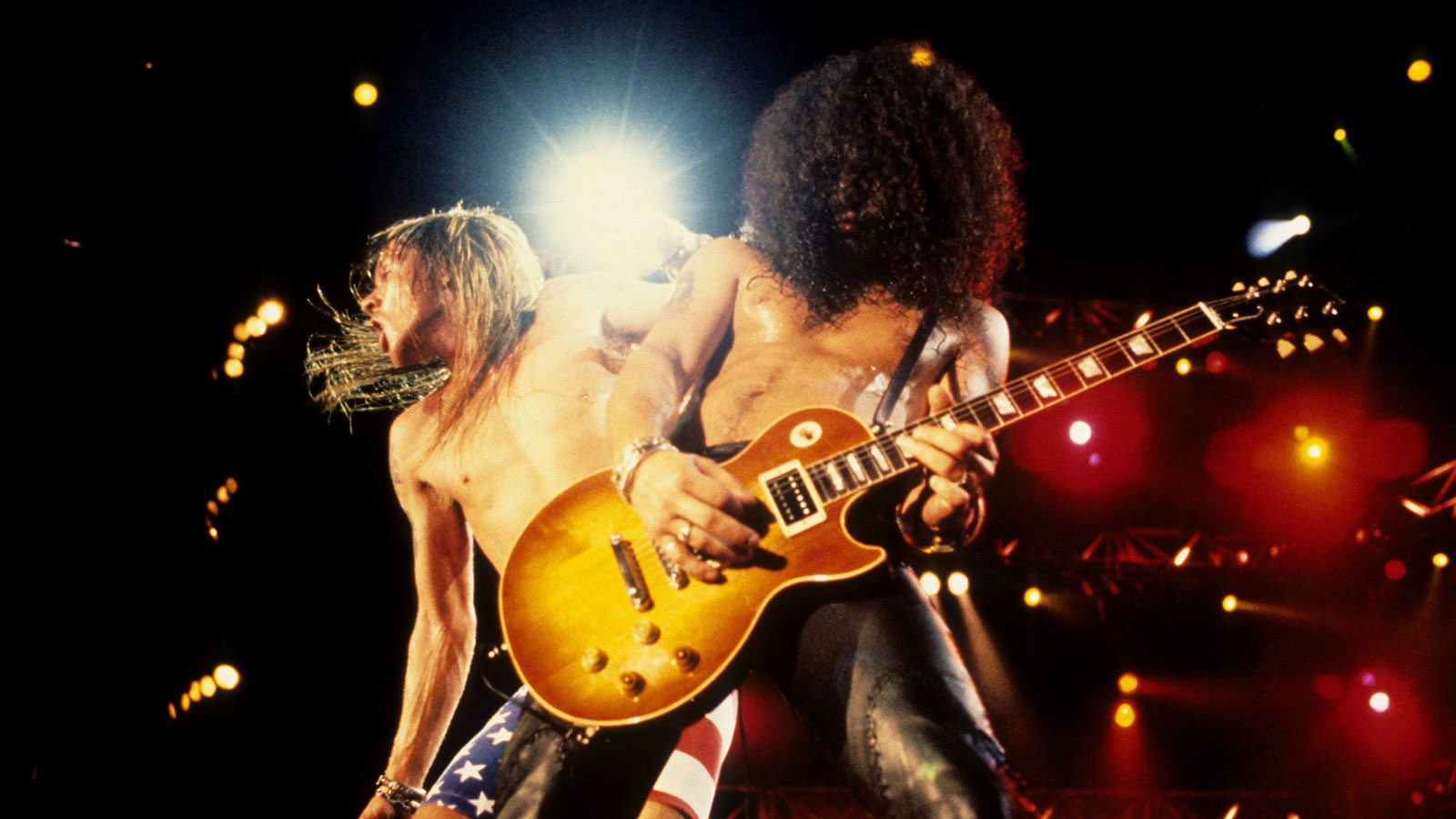
More than a rabbit in a hat trick, Slash essentially become shorthand for “rockstar” in the early 90s and beyond. With Guns N’ Roses, Saul Hudson was responsible for blowing the glitter off an LA scene that had grown stale and fake throughout its 80s hair metal pomp.
The band flipped the Sunset Strip upside down, burying the glitz beneath the layers of filth found living in the city’s grimier and less-celebrated corners. Slash’s punchy, assertive playing epitomised that process: his fretwork is sleazy, seductive and vicious and his tones sound like you could cut your hand on them.
There’s something to be said for the sheer compelling iconography of Slash, too. He is the ultimate lead guitar pin-up. A man who seems to have an instinctive ability to make wrangling, everything from frantic shred to blues-y romance from a 12lb chunk of mahogany with strings look as good as it sounds.
5. Steve Vai
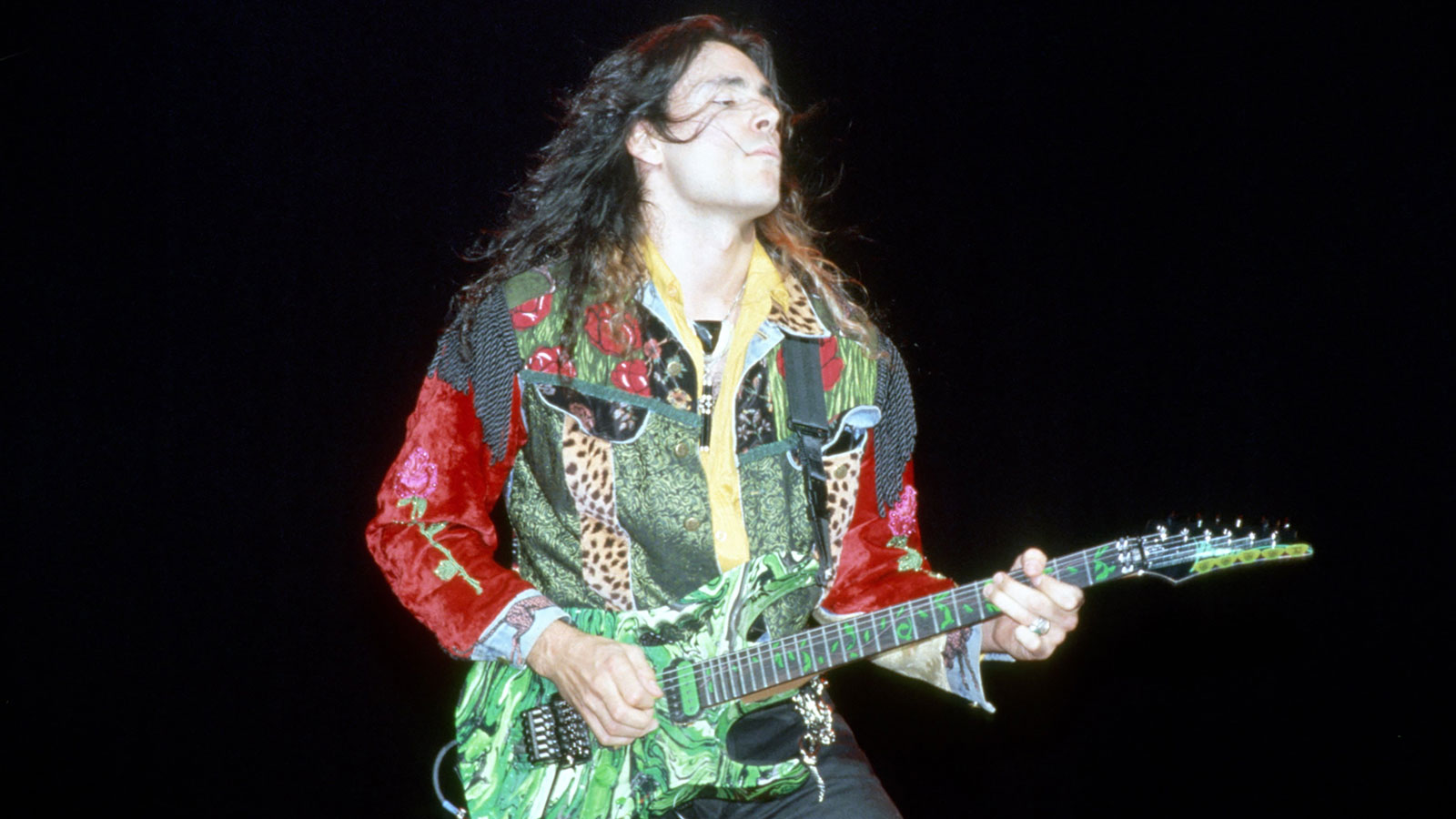
Vai’s career was launched with the patronage of several demanding names, each of whom was nonetheless wowed by the New York guitarist. School mate Joe Satriani gave him early lessons. Frank Zappa hired him after Vai sent him a transcript of Black Page. Former Van Halen frontman David Lee Roth picked him for his first solo outfit (and he’d seen EVH play every night).
Despite all this, Vai is a player with a distinctive sense of himself, one who has made an expansive art form of the guitar instrumental. His technicolour playing and guitar-based innovation (making the first record with a seven-string, for instance) is about pushing boundaries. Listen to the bonkers Flex-Able, which was recorded in 1984, yet touches on the sort of mad, multifaceted magpie alt-pop and post-rock that would flourish some 20 years later with the advent of streaming and playlist listening.
His playing style is exciting, off-the-wall and even humorous. Yes, it’s technical as-all-hell but the point is never to impress you with his muscle memory. Instead he wants to keep you guessing, to ask what the guitar can do next.
6. Joe Satriani
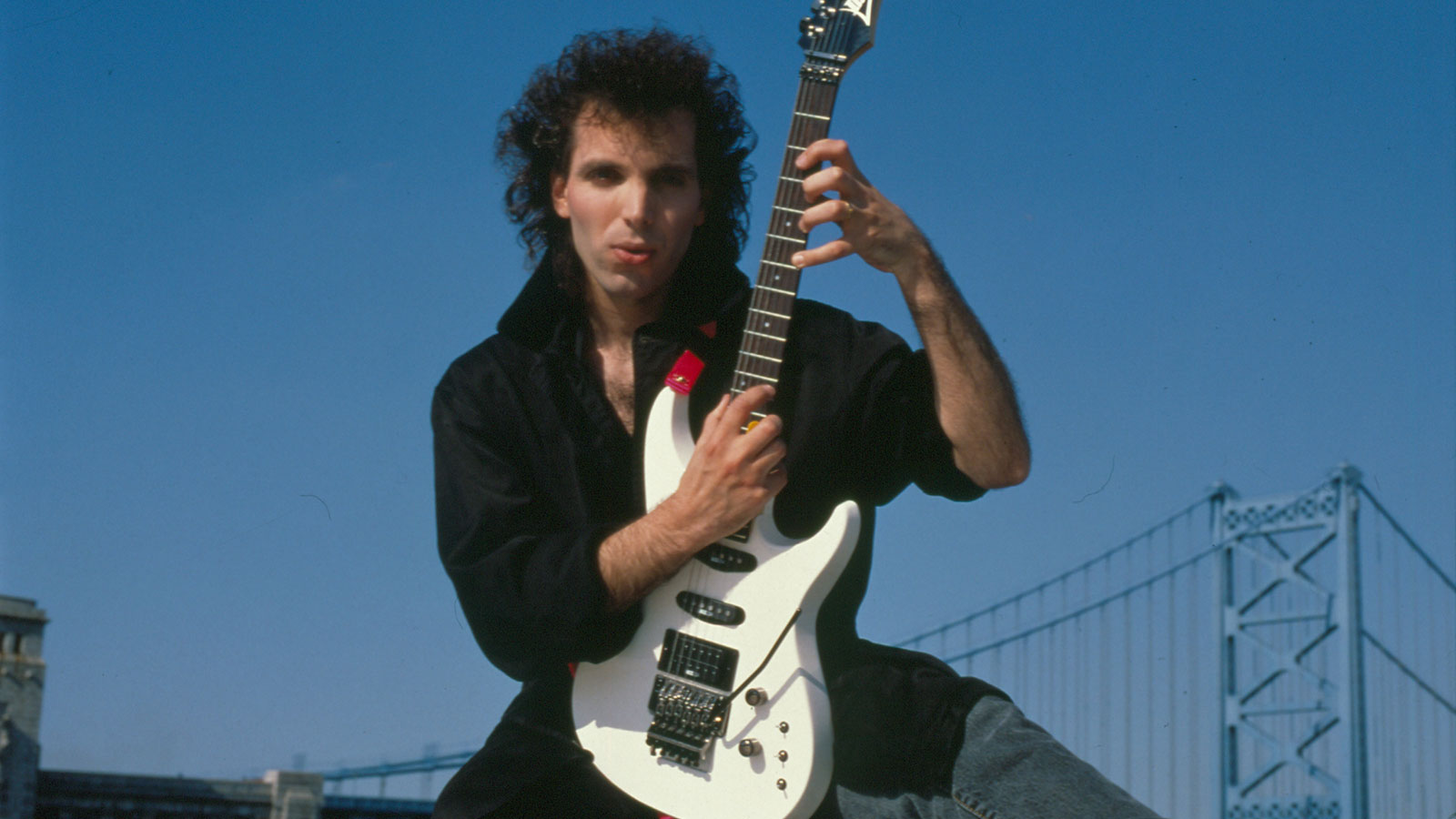
Satch was the guitar teacher deluxe – a man who coached the ‘greats’-to-be, among them Steve Vai, Larry LaLonde, Kirk Hammett, Andy Timmons and Alex Skolnick – and who decided to have a bit of that success for himself.
Much of his career has set the template for others: his iconic 1987 album Surfing With The Alien was a new marker – updating the guitar instrumental in a way that made the genres connotations of The Apaches and Hank Marvin suddenly seem hopelessly antiquated.
Meanwhile, his innovations with the G3 tours – each featuring a trio of remarkable players, including the likes of Paul Gilbert, Steve Vai and John Petrucci – proved just how strong an appetite there was among fans and guitarists waiting to be wowed by the world’s finest players.
His ultra-clean, controlled playing is stunning in its execution. There are few players in the world who can match his precision or pitch and apply it in such remarkable ways. Take Shapeshifting, the title track of his 2020 record, which closes with a passage that sounds remarkably like whale song. Satch can make the guitar talk in ways that others cannot.
7. Gary Moore
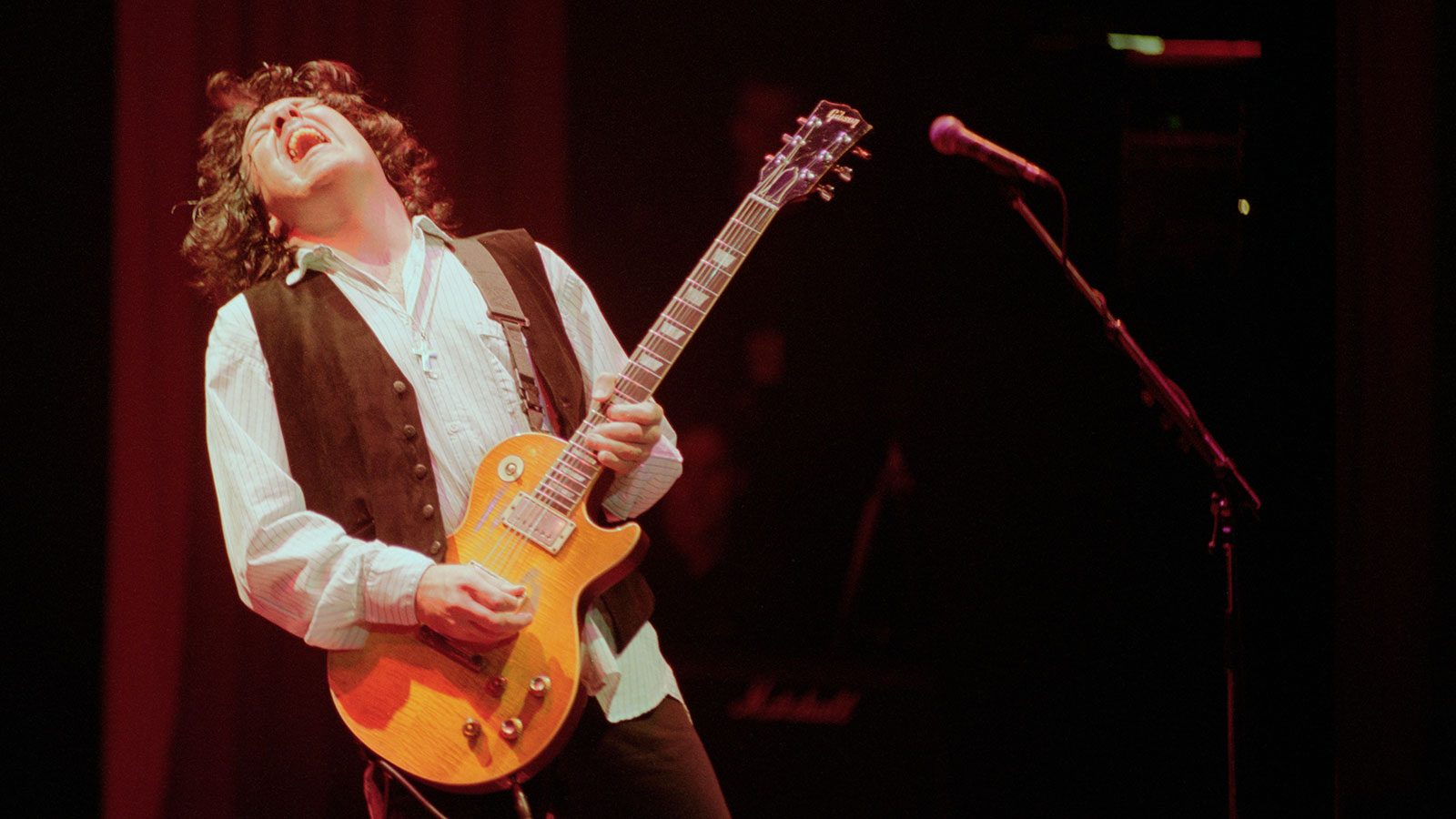
Moore, like most great musicians, had a career of many parts, each of which yielded its own six-string treasures. His time with Thin Lizzy gave us Still In Love With You and the widescreen Róisín Dubh (Black Rose): A Rock Legend, complete with it’s heart-piercing multi-part solo, which melded trad melodies and electric wail. He pushed the prog boundaries with Collosseum II.
Then he reinvented himself with Still Got The Blues, a record that gave electric blues a slick, hi-fidelity update – a pure distillation of the hang-dog vulnerability that had always been inherent in his playing and writing.
And then there’s Parisienne Walkways. The masterful showcase of Moore’s bruised blues, recorded in his rock prime. It is a track in which Phil Lynott takes the vocal lead, but Moore seems to out-sing him. Les Pauls are known for their sustain but Moore seems to wring every possible vibration out of his. Hearing him play it live is like watching a high jumper, the notes just seem to hang in the air, defying the laws of physics. Knowing how he does it, just makes it more magical.
8. John Frusciante

The Red Hot Chili Peppers have had many guitarists, but Frusciante is a talismanic figure in the band’s 38-year history. The guitarist was a teenage RHCP fan with little experience beyond bedroom playing when he joined the group in 1988.
His various tenures with the group have yielded the band’s biggest record – Mothers Milk, Blood Sugar Sex Magik, Californication and By The Way – yet he has also had an expansive solo career that has explored all manner of creative (and less commercially viable) corners. In 2004 he released no less than six albums and he spent the last decade making electronic music.
However, his guitar playing is the expressive core of RHCP’s biggest hits. A responsive, instinctive player he weaves lines around the rock solid rhythm section of Flea and Chad Smith. He seems equally at home strumming on his Strat as he is with fast-muted funk passages, huge bends and improvised Hendrix-like leads.
9. Randy Rhoads
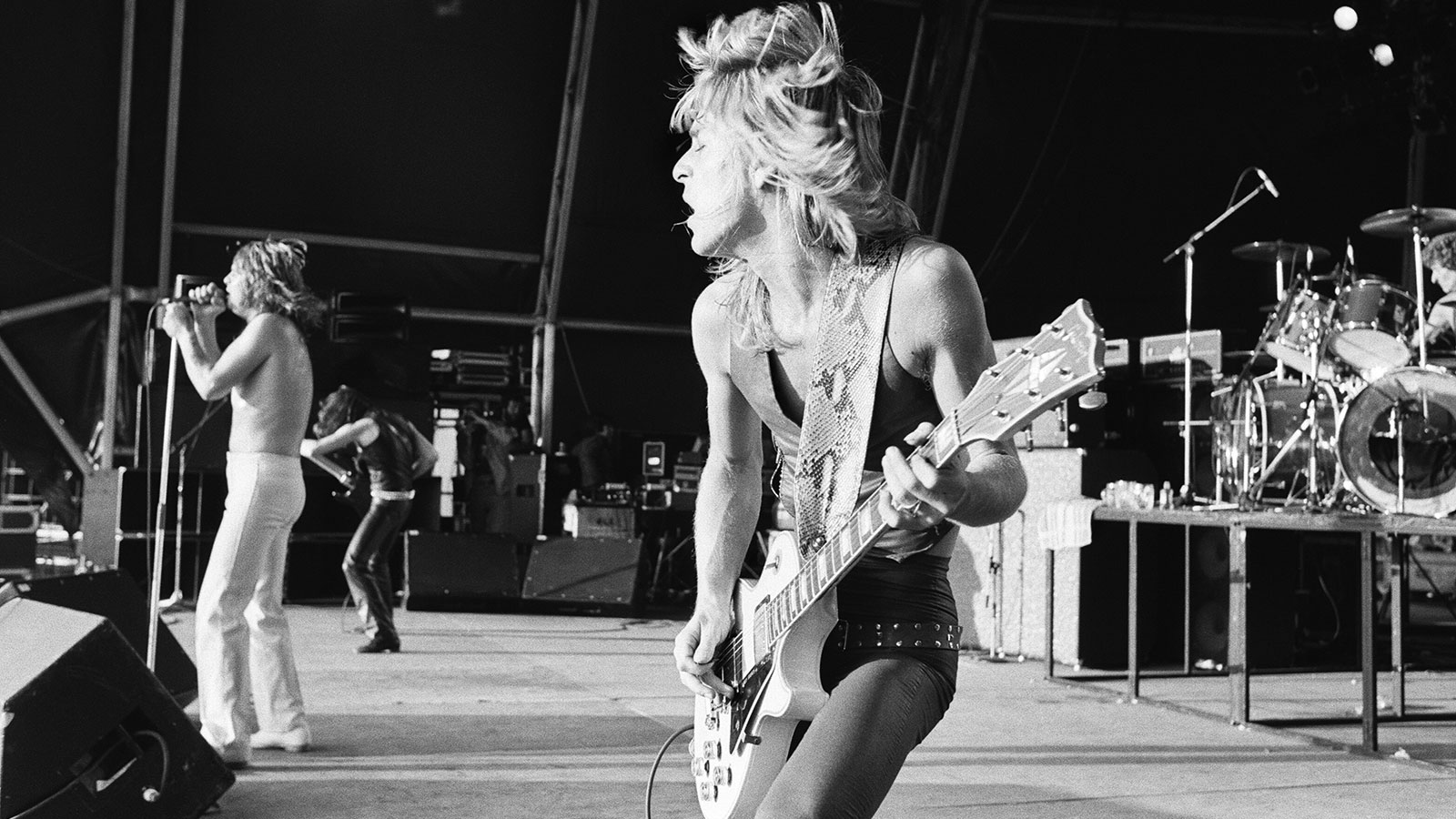
The 80s did not leave the world short of awe-inspiring guitarists. Eddie Van Halen’s ascendence famously sent even the most confident players back to their bedrooms for the first part of the decade and guitar solos filled the charts, but Randy Rhoads was something else entirely.
A quiet kid raised on a diet of The Beatles and Rolling Stones, he had a revelatory moment watching an early Alice Cooper show and began to practice the dark arts of hard rock.
In 1980, Rhoads crossed paths with Ozzy Osbourne, who was still drifting in the wake of being fired from Black Sabbath a year earlier. It’s no exaggeration to say that the collaboration completely revived the career of the ex-Sabbath man. Rhoads neo-classical know-how brought a level of musicality that was the perfect counterpoint to Osbourne’s feral energy. It allowed Rhoads to spot and sidestep the cliches in metal at a point when it desperately needed a shot in the arm.
Crazy Train and Mr Crowley quickly became his calling cards: the former’s energetic, peddling opening riff and the latter’s spontaneous, operatic shred sounding at once dramatic and fresh. It set the template for Ozzy’s output for a longtime after.
10. The Edge
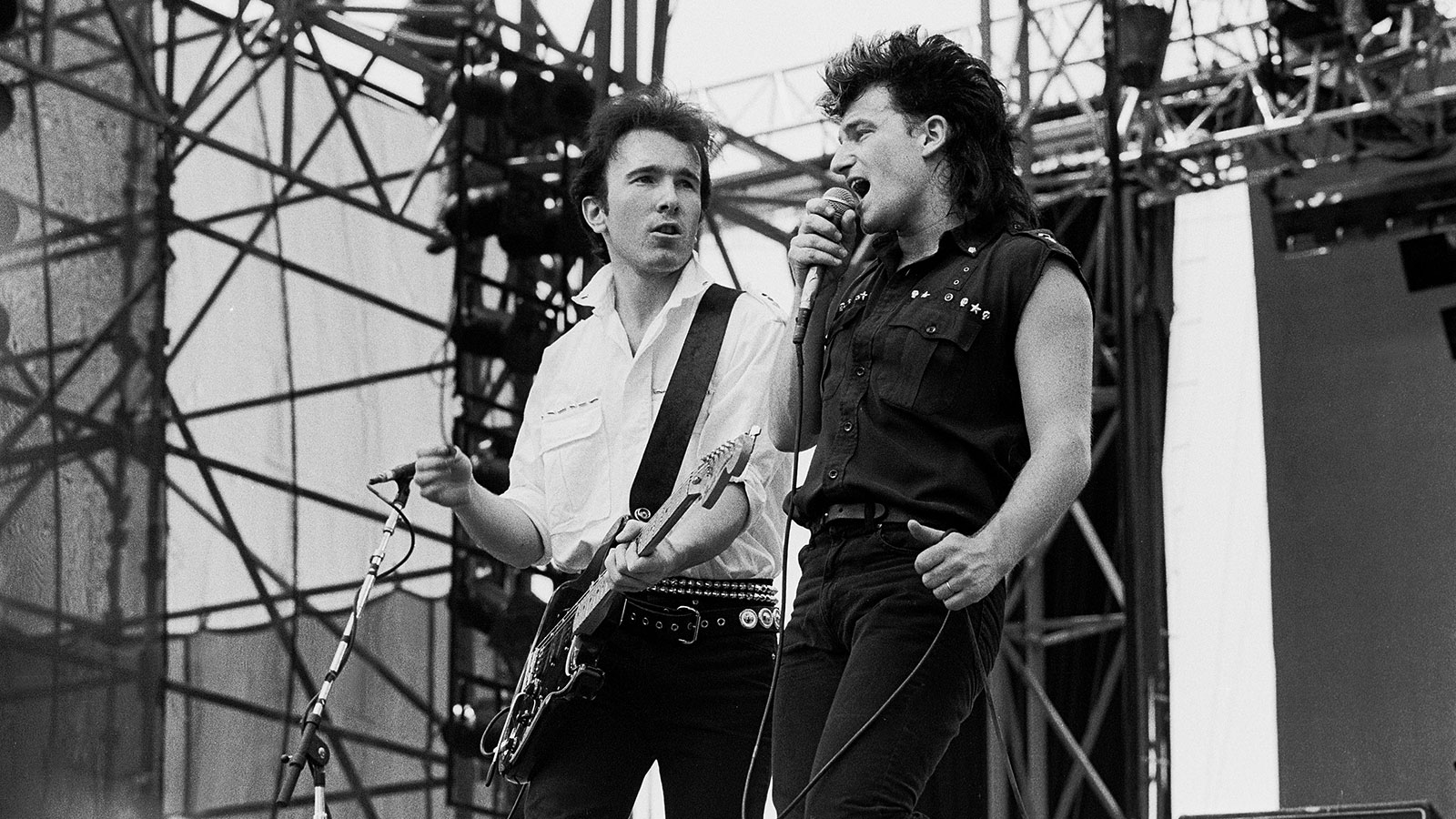
David Howell Evans, AKA The Edge, is the guitarist who made minimalism masterful. U2 emerged into a musical landscape that had been levelled by punk’s slash ’n’ burn. They took the politics and the direct musicality of that movement – admiring bands like The Clash and The Ramones – making a virtue of their limitations, building sparse arrangements into atmospheric anthems, devoid of six-string showboating or complex arrangements.
The Edge uses harmony like another band member, layering open strings, muted strums and arpeggios with delays from his EHX Memory Man to construct huge sounds. He understands that to make a guitar fill an arena, you need to leave space for it to reverberate, rather than fill in the arrangement with thick chords. As such The Edge has become perhaps the ultimate example of the guitarist who knows it’s the notes that you don’t play that count the most.
11. Tom Morello
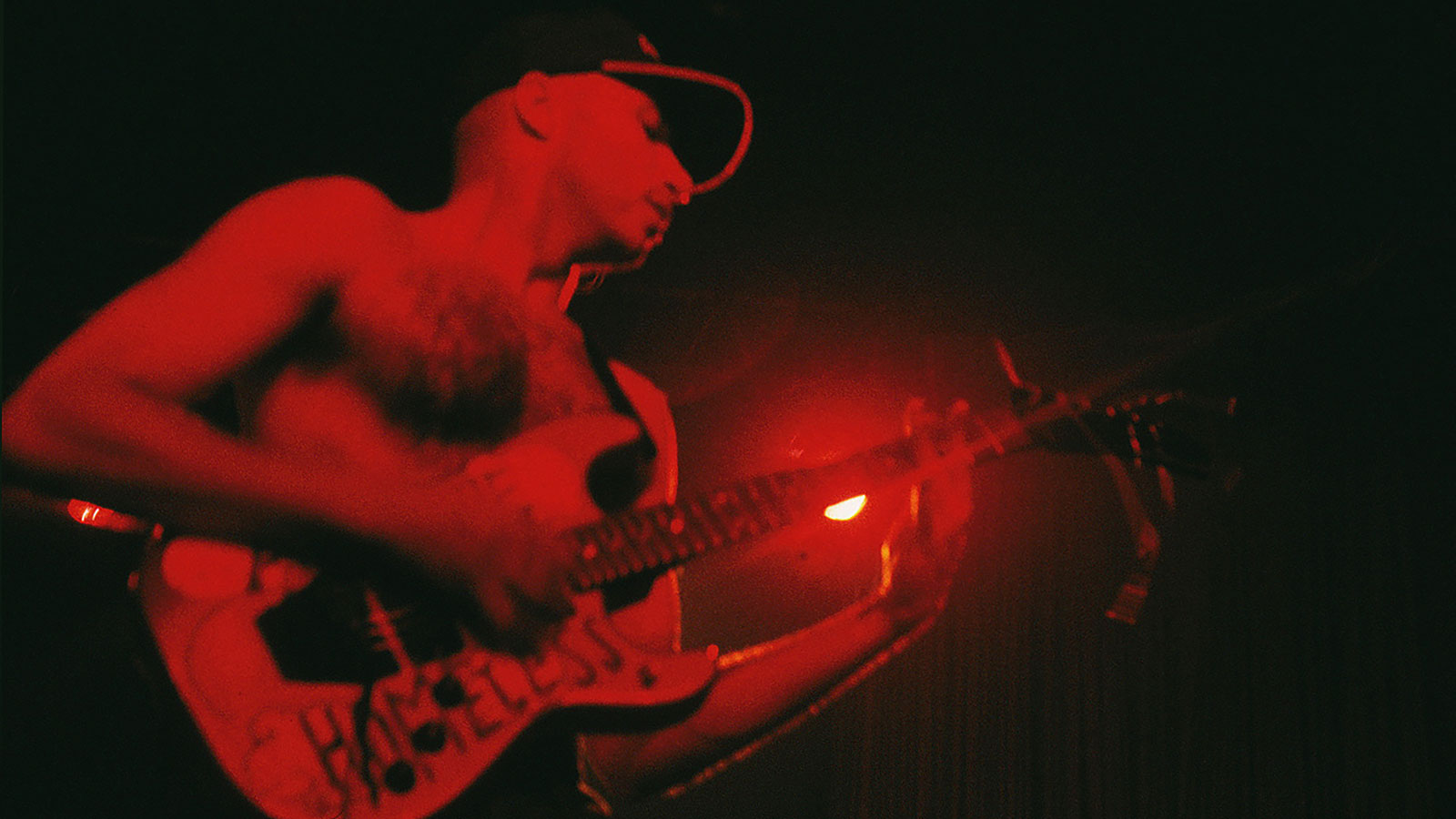
In 1991, when Rage Against The Machine released their first album, Tom Morello seemed to arrive fully formed.
In reality, he’d been working on his playing for years, combining the influence of Run DMC and Public Enemy, alongside big-riffing rock acts like Led Zeppelin, Black Sabbath and Iron Maiden. He’d even been signed to Geffen Records with his previous band, Lock Up.
It meant that when the stars finally aligned with RATM, Morello was ready to fire on all cylinders. Killing In The Name, Wake Up, Bulls On Parade, Know Your Enemy, Bombtrack, Bullet In Your Head, Testify, Sleep Now In the Fire – there’s not another guitarist who wrote more consistently iconic riffs throughout the 90s.
More than that, Morello took inspiration from hip hop’s great samplers to open up the guitar, using just five pedals to create a world of atmospherics: sirens, helicopters, DJ scratches all became grist to the mill.
If you read a guitar magazine in the late 90s, odds on there’d be a reader who wanted to learn how to scratch like Tom, or how he got the harmonica tone on Guerrilla Radio – the sign of any true icon-in-the-making.
Matt is a freelance journalist who has spent the last decade interviewing musicians for the likes of Total Guitar, Guitarist, Guitar World, MusicRadar, NME.com, DJ Mag and Electronic Sound. In 2020, he launched CreativeMoney.co.uk, which aims to share the ideas that make creative lifestyles more sustainable. He plays guitar, but should not be allowed near your delay pedals.
“Every note counts and fits perfectly”: Kirk Hammett names his best Metallica solo – and no, it’s not One or Master Of Puppets
“I can write anything... Just tell me what you want. You want death metal in C? Okay, here it is. A little country and western? Reggae, blues, whatever”: Yngwie Malmsteen on classical epiphanies, modern art and why he embraces the cliff edge










